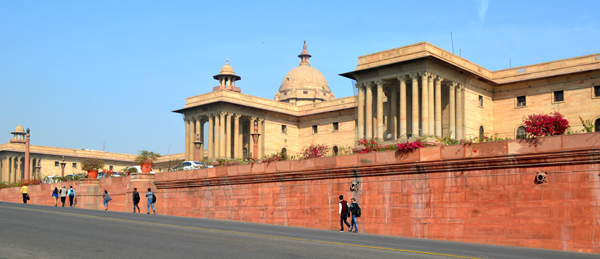
01.2016 - 03.2016
It has been asserted that Lutyens was dismayed by the massing of Sir Herbert Baker’s two Secretariat buildings flanking the Rajpath as it rose to the Rashtrapati Bhavan at the peak of Raisana Hill. The embankments forming a plinth at the east of the Secretariats do somewhat diminish the appearance of the dome of the house itself, but they do provide a larger visual impact for the government buildings as a whole, perhaps more in line with the more balanced government organization of today.
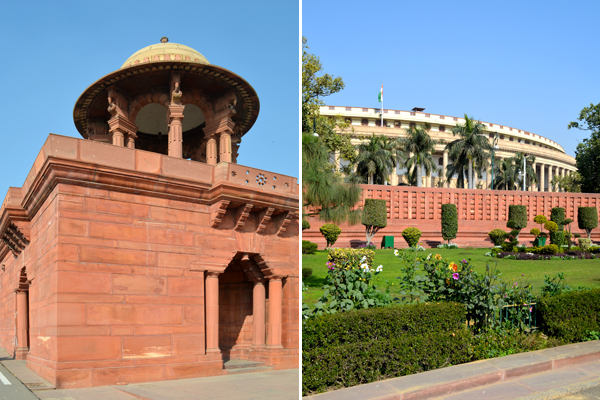
Secretariat building | Parliament behind protective wall
However, it is actually through these retaining walls that emerge from the topography of the Raisana that the Secretariats can maintain a sense of openness. Security was important in the 1920-30’s as the capital city was taking shape in parallel with a growing independence movement, communalism, and dissatisfaction with conditions in the old city to the north [1]. Towards the present day, security remains a concern with continued agitation from various castes, religions, and the growth of terrorism. As such, Baker’s siting provides security through mass and overlook without the extensive use, as elsewhere in New Delhi, of traffic barricades and fences. The Rashtrapati Bhavan in addition to a filigreed fence and movable barriers also provides security and visibility via a system of hahas/drives in its front lawn.
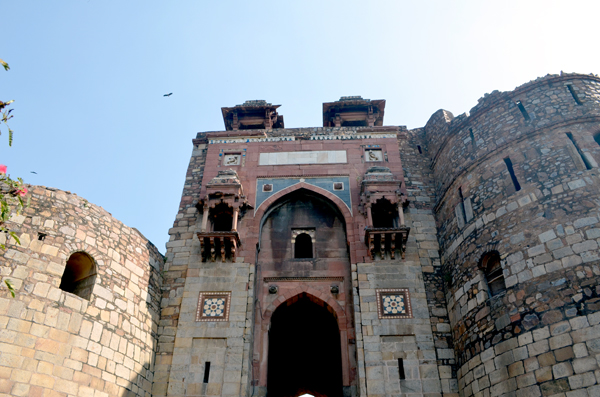
Purana Quila
Throughout the historical cities of Delhi are distributed a number of tombs set within gardens and surrounded by walls. Instead of serving as mere barriers, an idea of an overall geometry defines the tomb as well as the garden and the wall. The walls complete a composition and are sometimes spatialized and partially occupiable. Humayun’s Tomb for example sits atop a plinth which protects, provides access, and is designed to maintain line of sight to the elegantly proportioned mausoleum and dome. The fort surrounding the town at Tuglakabad is the visual identity of the urbanization itself.
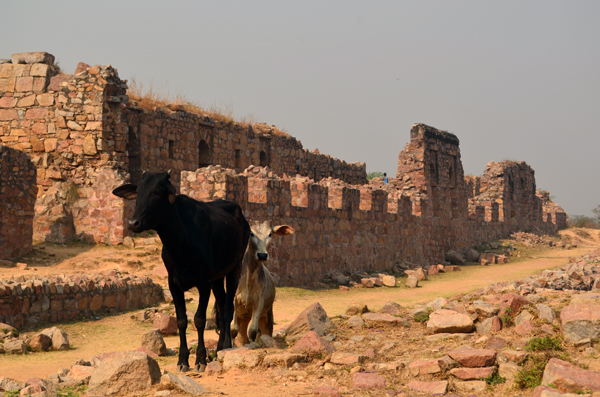
Tughlakabad wall
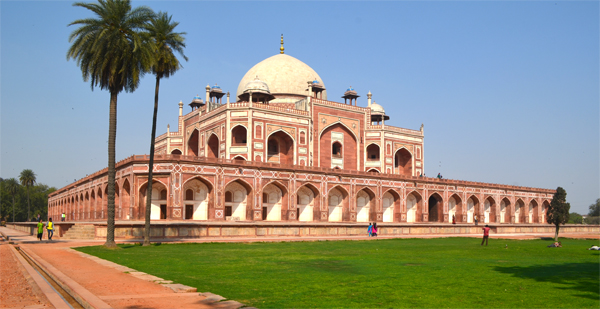
Humayun’s Tomb
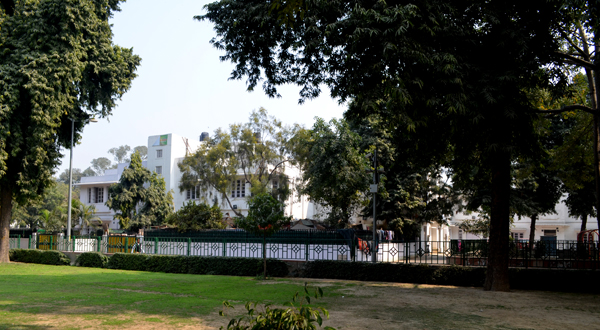
MP Residences
In contrast, today security is maintained through smaller apparatus/nodes. The fence with no individual character. The security booth as an appendage. Foliage above which masks any remaining view. A complex of magnetometers and frisking. And of course bureaucracy, official documents, functionaries and paperwork which can be the most impenetrable barrier.
Today security appears out of the domain of architecture, but in the traditional security measures of spatial manipulation visibility can be provided and the appearance of the city designed, rather than an afterthought. Perhaps through some of these pre-modern devices we can regain some of the character of the city.
1. Legg, Stephen. Spaces of Colonialism: Delhi’s Urban Governmentalities.
2. Hunt, Tristram. Cities of Empire: The British Colonies and the Creation of the Urban World.